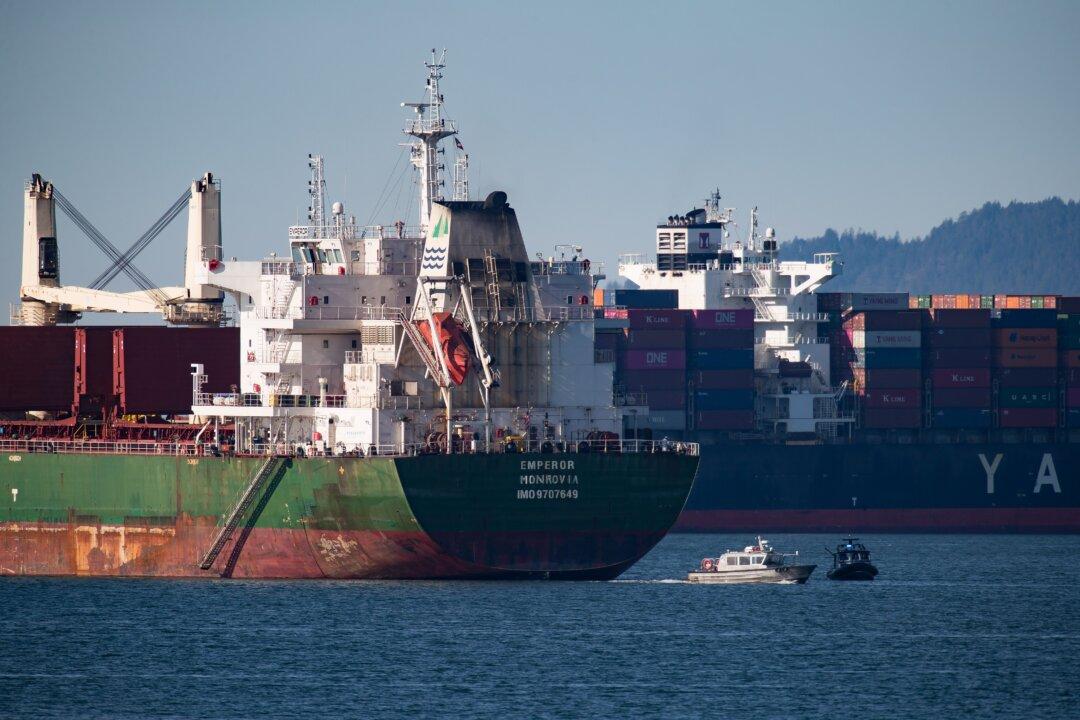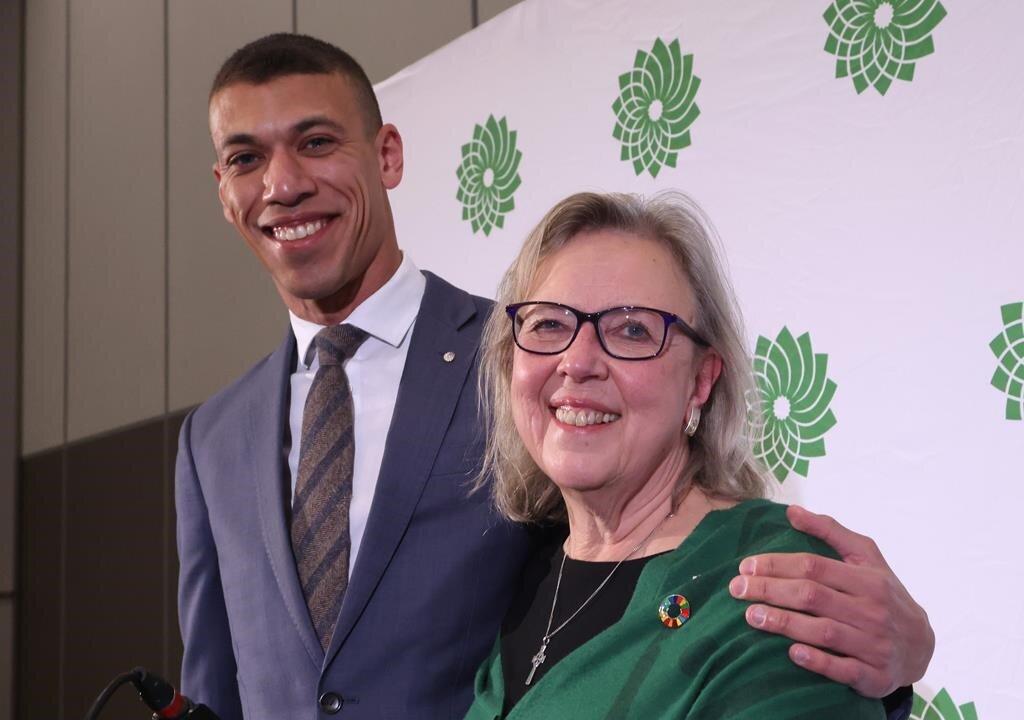The pandemic and border closures have highlighted the need to bolster vulnerable supply chains to ensure that important needs are met and that business and daily activities aren’t disrupted. But there are a variety of challenges to overcome internationally as well as at home at the federal and provincial government levels and with private industry.
Supply chains came under the spotlight when Canada faced shortages of personal protective equipment (PPE) and other medical supplies at the start of the pandemic.





